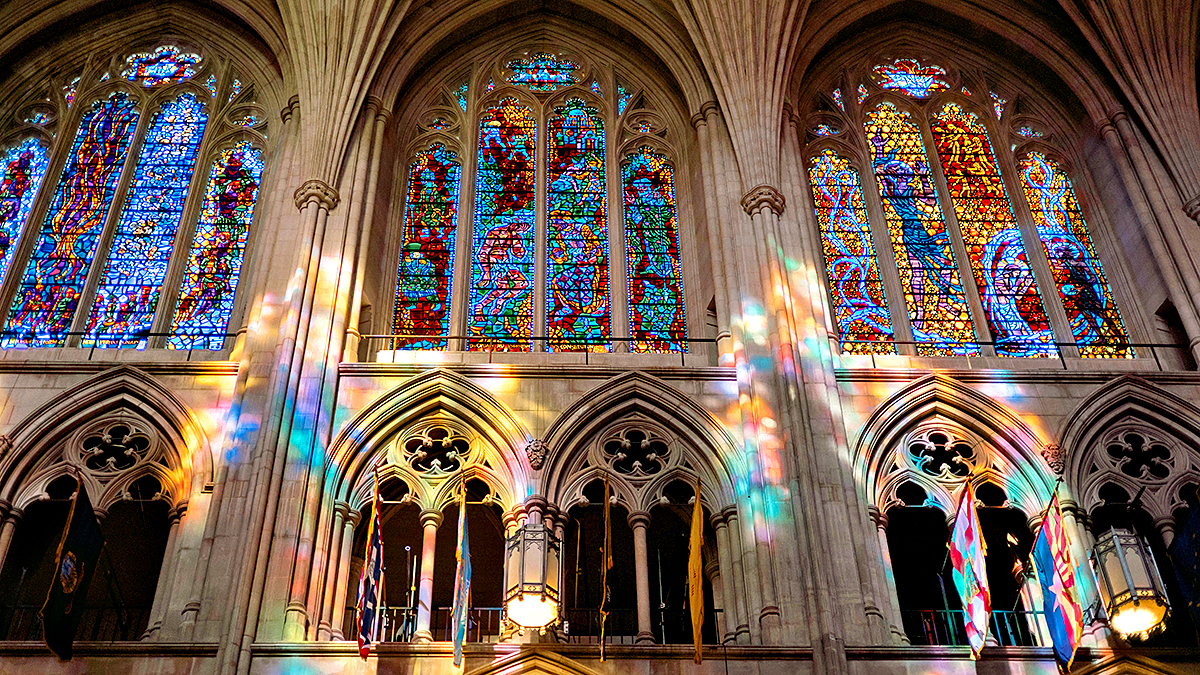The most consequential liturgical question facing the Catholic Church today is deceptively simple: how can the Church bless love without betraying doctrine?
The question pierces through pastoral care, ecclesial authority, and the very grammar of worship; because in Catholicism, what we bless reveals what we believe.
Blessing gives strength to love
The matter is being tested in Germany at the moment.
In April 2025, the German Bishops’ Conference and the Central Committee of German Catholics released a document titled Segen gibt der Liebe Kraft — “Blessing Gives Strength to Love.”
It proposed pastoral frameworks for blessing same-sex couples, divorced and remarried persons, and others outside sacramental marriage. Officially, these were not “liturgical” acts but “pastoral moments.”
Yet in their structure — prayers, readings, symbolic gestures — they bore the unmistakable rhythm of liturgy. Many priests saw them not as guidelines but as a quiet invitation to ritualise mercy.
A theology of blessing under tension
The Vatican’s 2023 declaration Fiducia supplicans, which opened the debate, has an underdeveloped understanding of blessing. It views blessing as a “top-down” phenomenon that God does, rather than as a “bottom-up” blessing of God.
In this context, blessings are monological, not dialogical. It states that individuals in “irregular” canonical situations may be blessed as individuals, but not as a couple.
It draws the line with no rituals that resemble a church liturgy. The blessing outlined was to ritualise compassion, not doctrinal approval. Germany, in contrast, argued that love cannot be recognised without form. And form, in Catholic life, is everything.
A divided practice across dioceses
The result is a theological crossroads. Some dioceses have begun formal blessing services — discreet, prayerful, and deeply pastoral. Others, like Cologne and Regensburg, forbid any structure, insisting on spontaneous prayer alone.
The same gesture of blessing now carries radically different meanings across a single national church. In one parish, a candlelit sign of hope; in another, a quiet act of defiance.
The unity of worship at stake
Beneath these disagreements lies a more profound anxiety: the unity of worship. Catholic liturgy is not merely symbolic; it is the living embodiment of doctrine — lex orandi, lex credendi, the law of prayer is the law of belief.
To alter liturgical expression is to shift theological understanding. The German experiment thus forces the Church to confront whether pastoral compassion can take visible, ritual form without changing its underlying beliefs.
Rome’s caution and Germany’s hunger
Pope Leo XIV has warned of the danger of “ritualising affection,” urging restraint and fidelity to Fiducia supplicans.
Yet his cautions cannot still the pastoral hunger rising from below — from parishes where people long not merely to be tolerated but blessed. In these moments, doctrine meets human ache.
The Church finds itself torn between clarity and closeness, between preserving unity and proclaiming mercy.
Beyond same-sex love
The German debate is not about same-sex love alone. It is about the future of liturgy as the Church’s shared language — about whether that language can expand without losing its meaning.
In blessing, the Church discloses what it believes God blesses. Every word, every gesture, every silence becomes theology in motion.
A mirror for Catholicism
At the threshold between truth and tenderness, Germany stands as a mirror for Catholicism itself: a Church seeking to speak mercy without forgetting who it is.
The answer may not come quickly. But in the quiet struggle to bless love rightly, something essential about the faith — and its future — is being revealed.

- Dr Joe Grayland is an assistant lecturer in the Department of Liturgy at the University of Wuerzburg (Germany). He a priest of the Catholic Diocese of Palmerston North (New Zealand).
- J.P Grayland’s new book Horizons: Essays on Synodality, Liturgy, and Global Catholicism) is available as an ebook or print book.
- Minor post-publication content corrections have been made.

